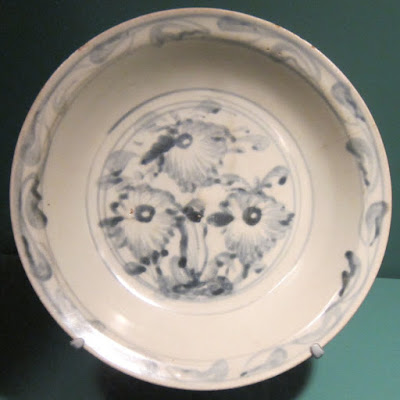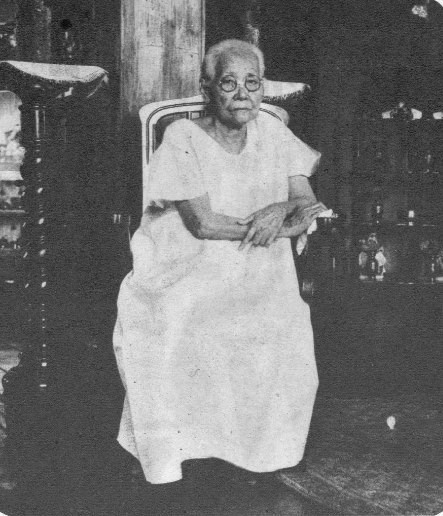Paghuhukay Arkeolohikal Sa Barangay Pinagbuhatan Pasig

Isang halimbawa ng 14th Century Ming Dynasty trade ware nahukay sa Pilipinas (Wiki) Noong taong 1952, sa kasunduang ng gobyernong nasiyonal ng Pilipinas at munisipalidad ng Pasig napasakamay ng American industrialist Harry Stonehill ang parte ng lupang sakop ng Barrio Pinagbuhatan, Pasig-- Kilala ang malawak na kapaligiran noon sa isang parte nito na tinatawag na "Sitio Patukod". Lumipas ang ilang buwan, sinimulan din ang sistematikong paghuhukay sa nasabing lugar upang magtayo ng mga pundasyon sa isang planta ng salamin. Sinasabing ito ang magiging pinaka malaking planta ng gawaan ng salamin sa buong Timog Silangan Asya. Tatawaging Republic Glass Corporation (RGC). Subalit sa paghuhukay ng pundasyon ng isang area ng planta, natagpuang may mga artifacts pala na nahuhukay dito. Hindi agad ito naipalaalam sa mga taong maaring makagawa ng pag- aaral dito maging ang munisipyo ng Pasig ay hindi agad-agad nakapagbigay ng ukol na pagkilos upang mabigyan kaalaman at maisalba din an



.jpg)

.png)

